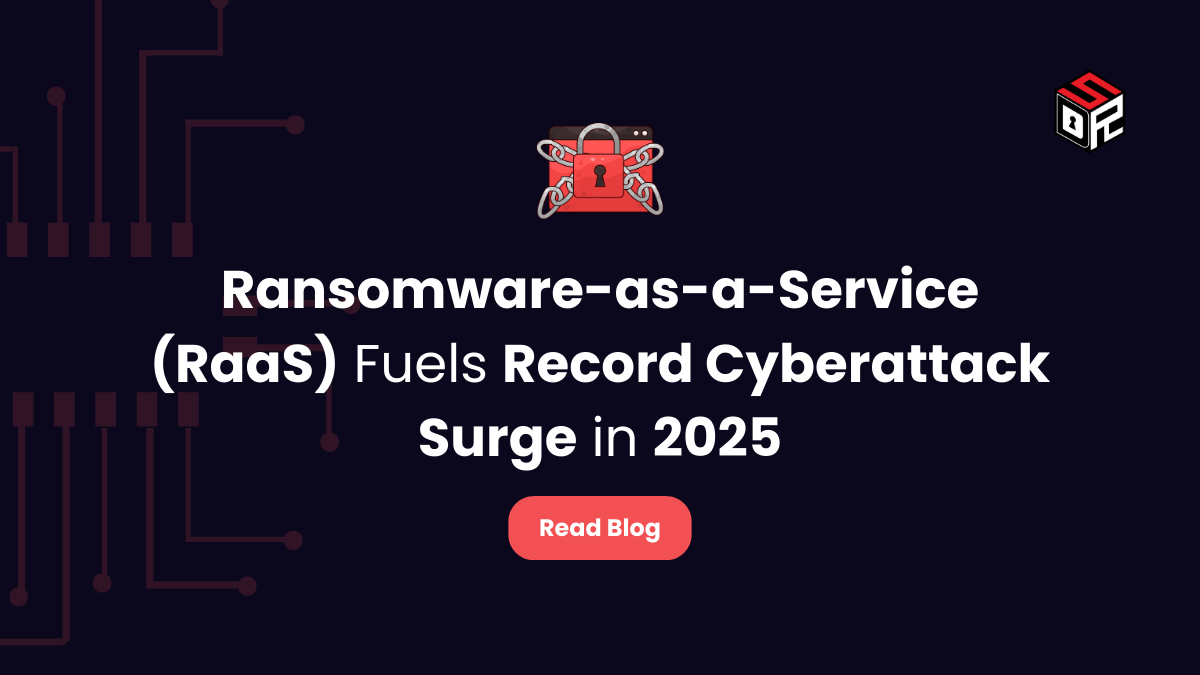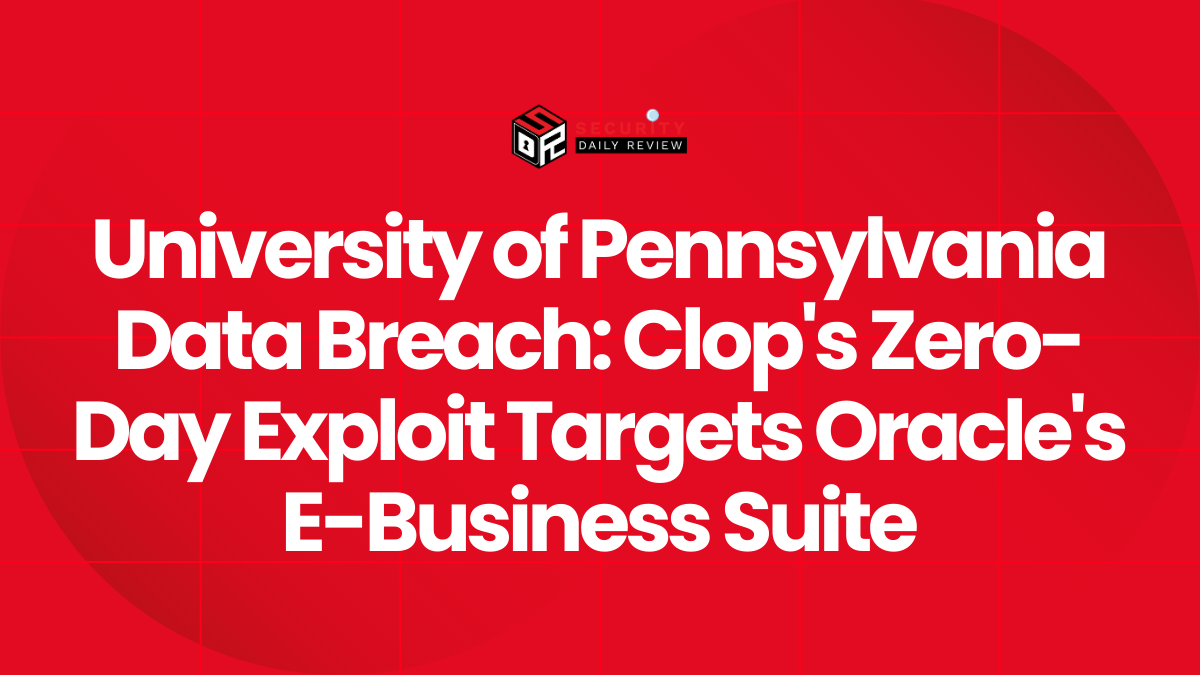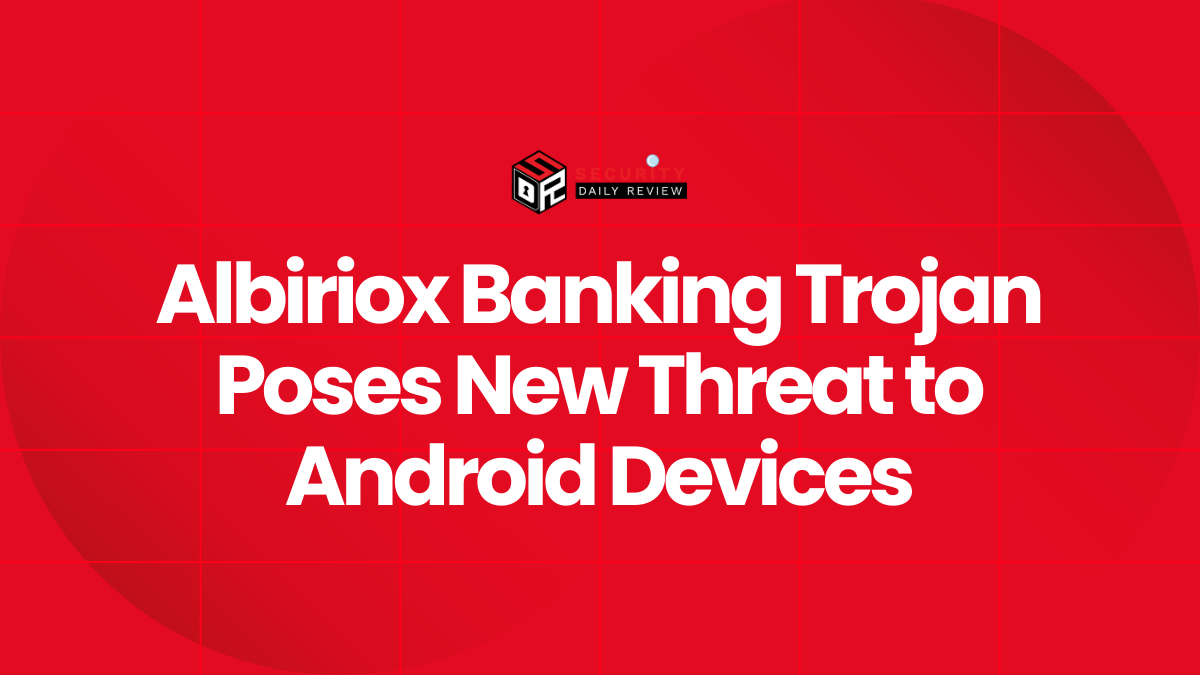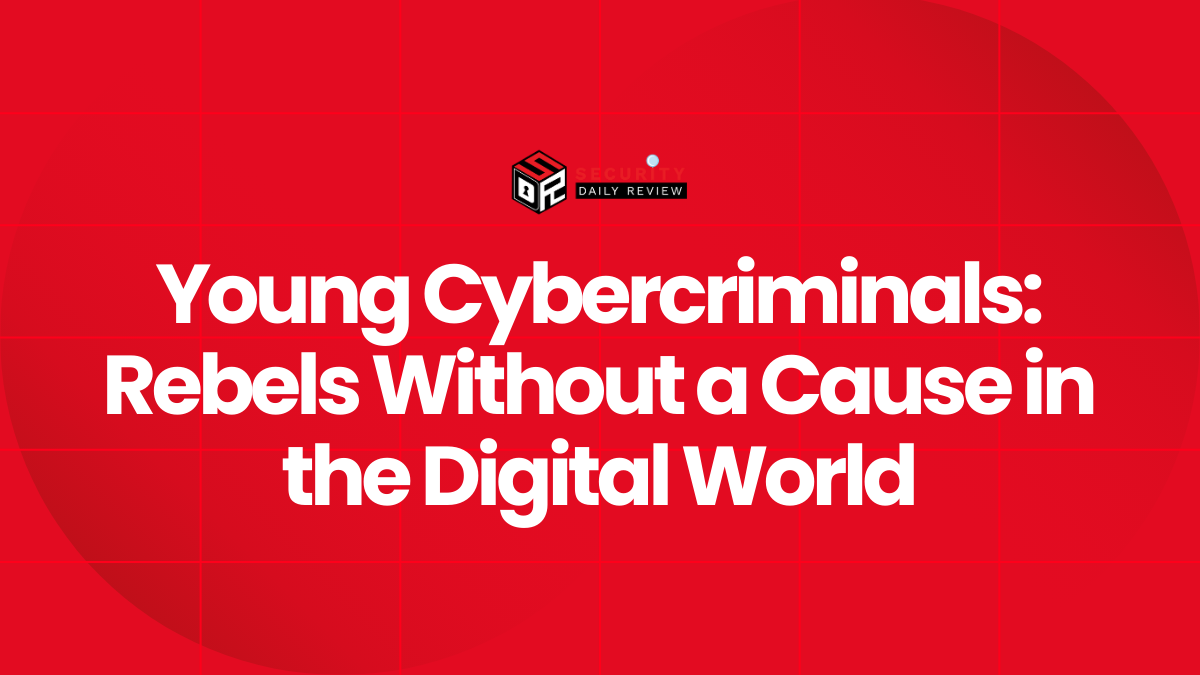The ransomware threat landscape is undergoing a radical transformation due to the widespread growth of Ransomware-as-a-Service (RaaS). This cybercrime business model has ushered in a new era where even low-skilled threat actors can deploy sophisticated ransomware attacks, leading to explosive growth in ransomware incidents across key sectors including healthcare, finance, and critical infrastructure.
RaaS Platforms are Lowering the Barrier to Entry for Cybercriminals
Ransomware-as-a-Service has democratized cybercrime in ways few anticipated. Rather than needing technical expertise to develop or customize ransomware payloads, aspiring attackers can now pay to access professionally developed ransomware kits with drag-and-drop simplicity. According to recent summaries from Contego Security, Splunk, and Cyber Defense Magazine, these kits often come with intuitive control panels, affiliate profit-sharing structures, and even customer support to assist would-be attackers in deploying malware effectively. This RaaS model allows developers to offload the actual deployment of ransomware to affiliate operators. Affiliates execute attacks, collect ransom payments, and share profits with the original developers, much like a franchising operation. As a result, the threat actor pool has dramatically expanded, leading to a surge in ransomware attacks in both frequency and complexity.
2025 Has Seen a Sharp Rise in Ransomware Incidents Fuelled by RaaS Adoption
The early months of 2025 have already demonstrated the dangers of this evolving threat model. TechTarget reported a 149% increase in reported ransomware attacks in the United States during the first five weeks of the year compared to the same period in 2024—378 incidents versus 152. This marks a continuation of the upward trajectory seen in 2024, when attacks rose by 3% year over year. The rapidly growing accessibility of RaaS platforms is behind much of this escalation. These platforms empower a broad spectrum of cybercriminals, many of whom lack formal technical training but are now capable of implementing devastating campaigns using advanced attack techniques like:
- Double extortion – stealing sensitive data before encrypting systems, then demanding payment for both decryption and non-disclosure.
- Triple extortion – adding pressure via threats to leak data or attack customers and partners if the ransom is not paid.
These tactics have proven highly effective in maximizing financial gain while applying psychological leverage to force ransom payments.
The Fall of One RaaS Platform Doesn’t Slow the Threat—It Just Moves It
An analysis by Rapid7 of Q2 2025 ransomware activity illustrates the resilience and volatility of the RaaS ecosystem. One of the most notable events was the sudden shutdown of RansomHub, a prominent RaaS provider, in April 2025. Instead of diminishing the threat, this closure triggered a migration of affiliates to other thriving platforms such as DragonForce and LockBit, indicating the ease with which actors can pivot between services.
This shift fuels an arms race among RaaS developers to attract new affiliates by offering more feature-rich toolkits, faster payouts, and enhanced support. As established groups fold and new operators rise, the ransomware threat landscape continues to evolve rapidly and unpredictably.
Healthcare, Financial Services, and Critical Infrastructure Remain in the Crosshairs
The sectors most heavily targeted by RaaS-driven ransomware attacks underscore the high stakes of this threat. Across multiple sources—including Splunk, Cyber Defense Magazine, and Rapid7—the healthcare, finance, legal, and critical services sectors surfaced as the most frequently attacked.
These industries are particularly vulnerable due to the critical nature of their operations and the volume of sensitive data they manage. Downtime in these areas not only results in financial loss but can also endanger lives and violate regulatory obligations, making them prime candidates for targeted RaaS operations.
A Multi-Layered Defense Is Essential Against the Growing RaaS Threat
To respond to the RaaS surge, cybersecurity experts continue to recommend a multi-layered, proactive defense model. While no single tactic can ensure protection against all ransomware variants, the following strategies are strongly advised:
- Regular data backups – Store critical data in air-gapped or immutable backups to ensure recovery in case of compromise.
- Network segmentation – Isolate sensitive systems to limit lateral movement of attackers.
- Employee awareness training – Equip staff with the knowledge to recognize phishing emails and suspicious activity.
- Patch management – Maintain up-to-date software and operating systems to close known vulnerabilities.
- Robust incident response planning – Establish and routinely test response protocols to minimize downtime and recovery time during an attack.
As RaaS becomes the dominant vehicle for ransomware deployment, organizations must elevate their zero-trust policies and invest in threat detection and response technologies that can identify and mitigate threats before they detonate.
Staying Ahead in an Expanding Cybercrime Economy
The rise of Ransomware-as-a-Service poses one of the most urgent cybersecurity challenges for 2025. Its commoditization of malware has significantly widened the threat landscape, empowering a global base of cybercriminals to launch high-impact, high-frequency attacks.
Avoiding ransomware infections in this environment requires more than traditional security tools—it demands a cultural shift that incorporates security into every aspect of an organization’s operations. From rigorous user education to cutting-edge endpoint detection systems, organizations must evolve their defense posture in step with the rapidly changing tactics of ransomware threat actors. The RaaS economy shows no signs of slowing, making vigilance and preparedness more critical than ever.









